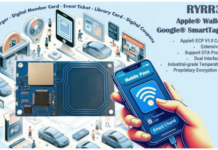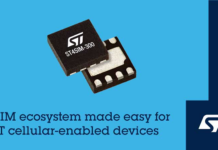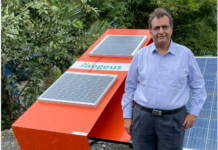
Scientists over at Disney Research (DR), Walt Disney’s scientific innovation arm, have been breaking ground on some highly innovative technologies in the Internet of Things (IoT) space. Last year, the folks at DR showcased how light bulbs could be used to connect IoT devices and now, they have developed something that could forever change the way IoT gadgets are made.
The new technology allows IoT devices to talk to each other without any wireless radios. Wireless radios, as you would know, are used by most of our gadgets for various purposes of communication. Be it a smartphone, a voice activated speaker, a laptop, or a router, wireless radios are an integral part of our daily tech lives and are present all around us, at least in urban settings. Similarly, the Internet of Things relies on such wireless radios to communicate with each other.
Now, scientists at Disney Research have figured out a way to make devices communicate using ambient radio waves already present in the environment. The technology uses ultra low-powered sensors to reflect radio waves from sources such as TVs, smartphones, computers, mobile towers, etc, to transmit data to a central receiving hub. “Our idea is to reuse all the radio signals that are around us as a medium for transmitting data, much like sending ripples across a pond,” said Alanson Sample, Associate Lab Director & Leader of Disney Research’s Wireless Systems group.
DR has been able to achieve a communication distance of 50 meters using 17 different ambient radio signals. This essentially means that IoT devices can now work without wireless radios, eliminating the need for large, chunky batteries. The research further reveals that the remaining power requirements of IoT gadgets can be met using solar cells optimised for low-lit scenes. The new technology will give manufacturers a lot of leeway in terms of the size and design of IoT gadgets, which has been an unaddressed problem in the industry till now.
On the flipside, IoT devices bearing this new communication technology will only be able to function in areas that have ambient radio signals present. So, the possibility of using this technology in remote areas becomes quite bleak, unless scientists can develop a way for devices to switch between this and wireless radios as per availability of ambient radio waves.
Source: www.digit.in


















